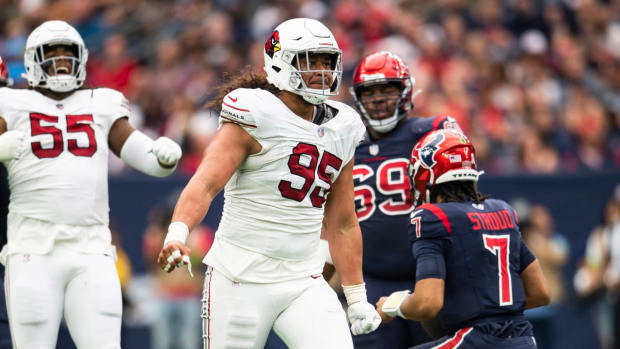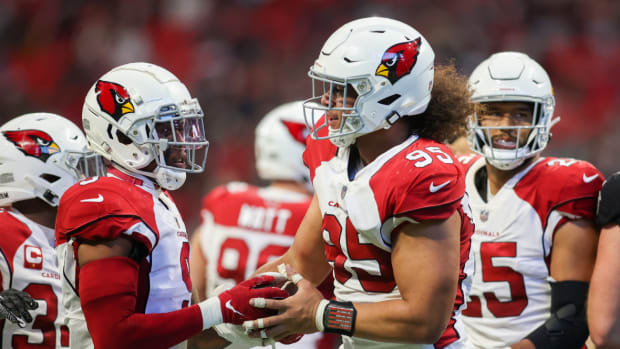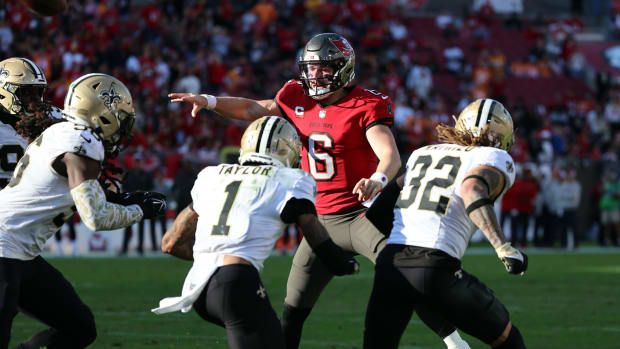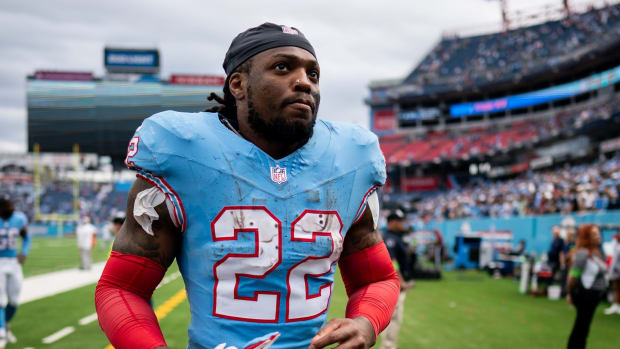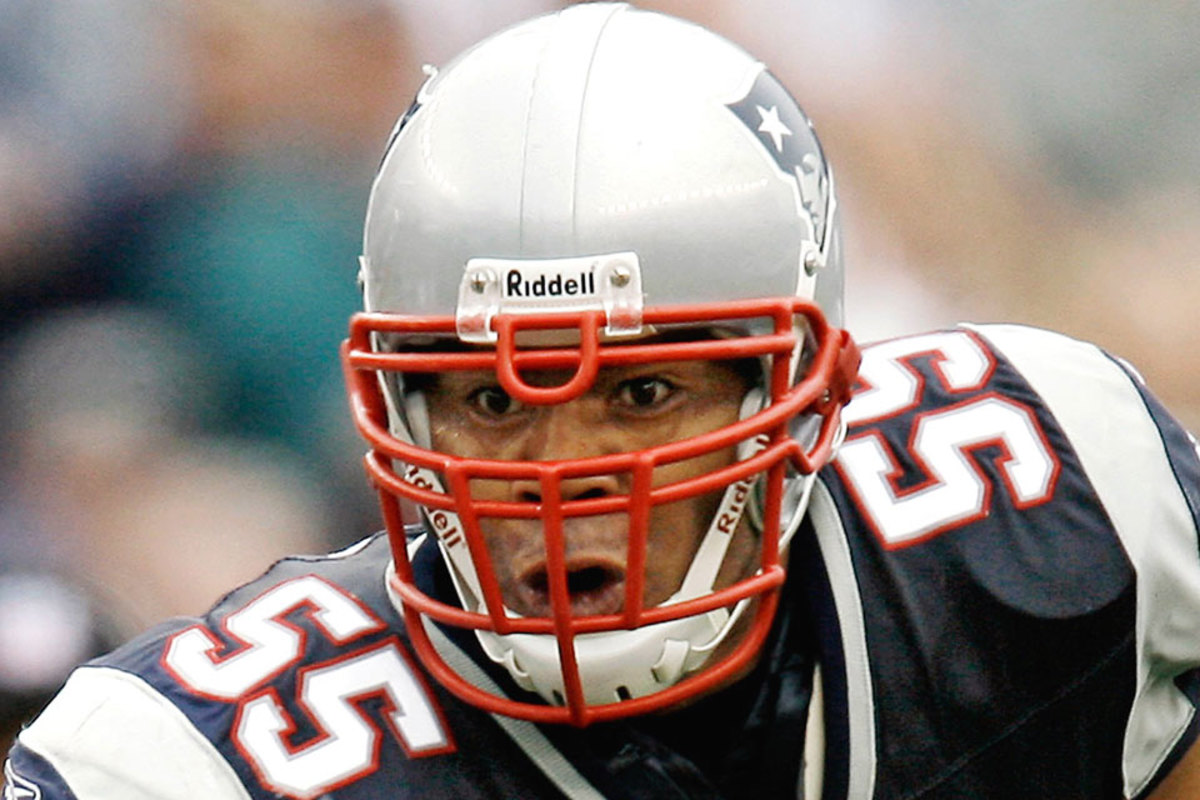
The Other Lawsuit
A discussion involving head trauma in the NFL must first mention the recent settlement between the NFL and the thousands of retired players who sued the league—and the removal of the largest threat facing the skyrocketing asset values of teams. Here is a quick primer on the settlement process.
The proposed resolution will go in front of the presiding judge, Anita Brody, for preliminary approval. She will then instruct formal notice of the settlement to be sent to the players, the cost of such notice borne by the NFL. Players will have 90 days to “opt out” of the settlement and potentially pursue their own claims against the NFL. Should they do so, they face the same challenges that settled players would have faced: potential years of litigation against the league and questions as to what directly caused their injuries.
Upon final approval of the settlement, former players will be compensated. How much individuals get will be determined by court appointed health care administrators, who will evaluate the severity of players’ neurological damage and consider how long they played in the league. Many plaintiffs will have little to no claim for damages, although the medical monitoring part of the settlement is important to their futures.
Payment is coming, but not as soon as many expect, even for those in dire need. It’s just a matter of waiting now that lawyers for both sides have packed up their briefcases.
But that’s not to say there isn’t other pending litigation …
The case against Riddell
Both the NFL and Riddell—the “official helmet of the NFL” since 1989, but no longer after this season—were in court-ordered mediation talks with the players this summer. Mediation between the players and the NFL produced a settlement. But not so with Riddell. That case continues, with a gag order in effect preventing comment from all attorneys associated with it.
As with the recently settled case against the NFL, retired players are seeking to discover harmful revelations that could be damaging to Riddell—not only in this case but in future lawsuits. The stakes for Riddell are considerable. Here are the basic elements of the retired players’ case against the helmet manufacturer. (Through a spokeswoman, Riddell declined to comment on the pending litigation.)
Can football change? Will the sport become safer? How are concussions impacting the game’s future?
Introducing an in-depth series where we tackle those questions, starting at high schools and continuing into college and the NFL. Read the entire series.
Design and defect
The plaintiffs claim that some Riddell helmets were defective and unsafe in failing to provide protection against the foreseeable risk of concussive brain injury. They argue that two helmets in use prior to the most recent Revolution helmet— the AF2 (discontinued in 1997) and the VSR4—had insufficient padding to protect against concussive injuries. Before Congress on January 4, 2012, P. David Halstead (who has previously worked for the NFL, NFLPA and helmet manufacturers) testified on behalf of no one in particular that even the extra padded Revolution was insufficient, according to the plaintiffs’ case. Those bringing the suit claim that while it has been both economically and technologically feasible for Riddell to manufacture a safer helmet, it has not done so.
Negligence and failure to warn
This charge is similar to the retired players’ claim against the NFL and a theme of the recent documentary League of Denial. The players allege Riddell ignored 18 years of established science on the dangers of concussive injuries until 2002, when a warning—which still failed to sufficiently warn about long-term consequences of head injuries—was finally placed on their helmets.
Riddell, it is charged, knew of dangers not readily recognizable to the consumer and its failure to warn was a direct cause of players’ injuries. Along with the failure to warn, the players allege negligence by Riddell in 1) their testing, assembly, manufacture and marketing of helmets, and 2) their failure to reduce and/or minimize the risk of concussive brain injury while using their helmet.
Like the now-settled claims against the NFL, these are potent charges.
HITS taking a hit
With the 2002 release of the Revolution helmet, Riddell also 1) developed “HITS”—the Head Impact Telemetry System—to monitor the severity and incidence of impacts a player receives, and 2) marketed the Revolution as reducing concussions by 31% (based on a 2003 University of Pittsburgh study funded by Riddell).
The plaintiffs have retained experts that condemn both the HITS system and the Revolution helmet as being inaccurately marketed to reduce concussion risk. They specifically reference a Journal of Neurosurgery study pointing out flaws—such as the discounting of low impact hits—in the Pittsburgh study.
In a written statement to The MMQB, Riddell said, “As you aware there is a federal gag order in place with which we have and always will fully comply. At Riddell, we are committed to designing and manufacturing the best protective football headgear for the athlete. Riddell product communications are supported by reliable and credible scientific research and information. We stand behind our research, our product and our marketing efforts.”
Loss in high school case
In April a Colorado high school player, Rhett Ridolfi, was awarded $11.5 million in a case against Riddell and several high school administrators. He had suffered a concussion during practice in 2008 that led to severe brain damage and paralysis on his left side. The jury found Riddell negligent in its failure to warn and assessed 27% of the fault—$3.1 million—against Riddell. Riddell is appealing the verdict.
The jury, however, rejected allegations of design defects against Riddell, prompting Riddell to claim some victory from the case. Riddell continues to maintain that it manufactures the most protective football headgear for athletes. It will be interesting to see if the Ridolfi case has any precedential value moving forward.
Going back to the NFL arena…
Short-term business versus long-term safety
Although massive and complex concussion litigation against the NFL has been settled, the spotlight on the NFL’s efforts in this area will not soon dim. The NFL’s vigilance toward head and neck safety will progress through advances in science and increased awareness about concussions. And progress in brain safety is essential, because the NFL is the trendsetter for football's lower levels.
Ultimately, it may be impossible to make an inherently violent game completely safe. However, through developing prevention and management protocols, the hope is that the NFL can make football safer for its players. This isn’t just about concussions, but also understanding the impact of subconcussive hits. The game, of course, will only get safer if both sides are willing to err on the side of caution.
Here are a few potential ideas for future safety innovations.
Mandatory suspensions from play
The logical extension of concussion prevention would seem to require that players who are diagnosed with head trauma to miss time before returning. Not encouraged, recommended or suggested, but required.
Just like there is established protocol for, say, a hamstring injury requiring 1-2 weeks before return to play or for an MCL knee injury requiring 2-4 weeks, there will eventually be similar guidelines for resting and rehabilitating from a brain injury. We do not now know the proper time frame for such healing prior to exposure to further trauma.
Mandatory brain injury “sit outs” would take the decision away from athletes who often want to “play through” no matter the long-term risks. And coaches and front offices—along with fans and media—would have to accept the absences of star players as a mandate from the league as part of its safety initiative.
Helmet sensors
Although novel to the NFL, these sensors—measuring concussive and subconcussive impacts in real time—allow medical staffs to gather data and potentially adjust player participation for those who register at or above established thresholds. As Jenny Vrentas outlined, these sensors (in use at other levels of football) are soon to be outfitted in the NFL through a pilot program supported by both the NFL and NFLPA.
As the science progresses, there might be hope that the data could direct medical staffs to remove players from the field for injuries that, at this point, have not required removal. It will be interesting to watch the sensor program develop toward adjusting player participation based on data. Again, football operations would have to adjust to the growing science on safety.
Concussion waivers
Injury waivers—addendums to player contracts—protect a team from grievance liability in the event the team releases the player with a pre-existing injury. It is not uncommon for players of all skill levels to waive remedies on pre-existing injuries; Peyton Manning currently has an injury waiver in his contract with the Broncos regarding his neck. As NFL scouting staffs pay increased attention to concussion history in evaluating players, it bears watching to see if concussion waivers enter contract discussions.
Although the NFLPA and agents will rightfully balk at such waivers, the reality of the business of football—so many players for a finite number of jobs—may overrule theory. The reality is this: if signing a concussion waiver is the only way for a player to compete for a roster spot, he will sign.
Independent concussion specialists
It has now become commonplace for NFL players and agents to consult outside doctors on all orthopedic injuries. Indeed, Dr. James Andrews, a go-to second opinion and surgeon to scores of NFL players, has become one of the more powerful people in the NFL. With the awareness heightened and the stakes higher, I suspect we will soon see a “Dr. Andrews of concussions” advising players about head injuries independently beyond team direction.
Paying for reduced safety
Finally, the NFL has floated (and denied floating) a few issues recently—the 18-game schedule, an expanded playoff schedule and even additional Thursday night games—that seem to fly in the face of their stated health and safety initiative, causing loud cries of hypocrisy. Certainly these do not juxtapose well against health and safety priorities.
The key to all of these initiatives, more than negative public relations, is a buy-in from the NFLPA. After a successful negotiation of a new CBA in 2011, the NFL has unused chips to use in negotiating new measures to offset union resistance. Such concessions may include:
- More meaningful salary cap year-to-year increases
- Increasing the roster beyond 53
- Increasing the 46-man game day roster
- Increasing the number of injured reserve “designated for return” classifications
- A second bye week during the season
As I often say, everything is negotiable. Stay tuned.
A final thought: although the larger discussion about the future of football has created greater understanding of risk, I do not subscribe to the speculation of an impending steep decline in football participation. Having worked in the business of football for over 20 years, I simply find it hard to believe there will be a shortage of players wanting to play professional football at any point in the foreseeable future.
Every September NFL teams reduce their roster by 40%, from 90 to 53. NFL scouts are inundated daily with tapes and calls from players and agents hoping for a chance. There is no lack of ready and willing applicants to play football; concussion awareness may affect participation levels at younger ages, but it will not affect the thousands of players competing for hundreds of NFL jobs. Reports of the demise (or death) of the sport are greatly exaggerated, but it does need to change. The business of football has to learn to coexist with the long-term protection of football players.



































